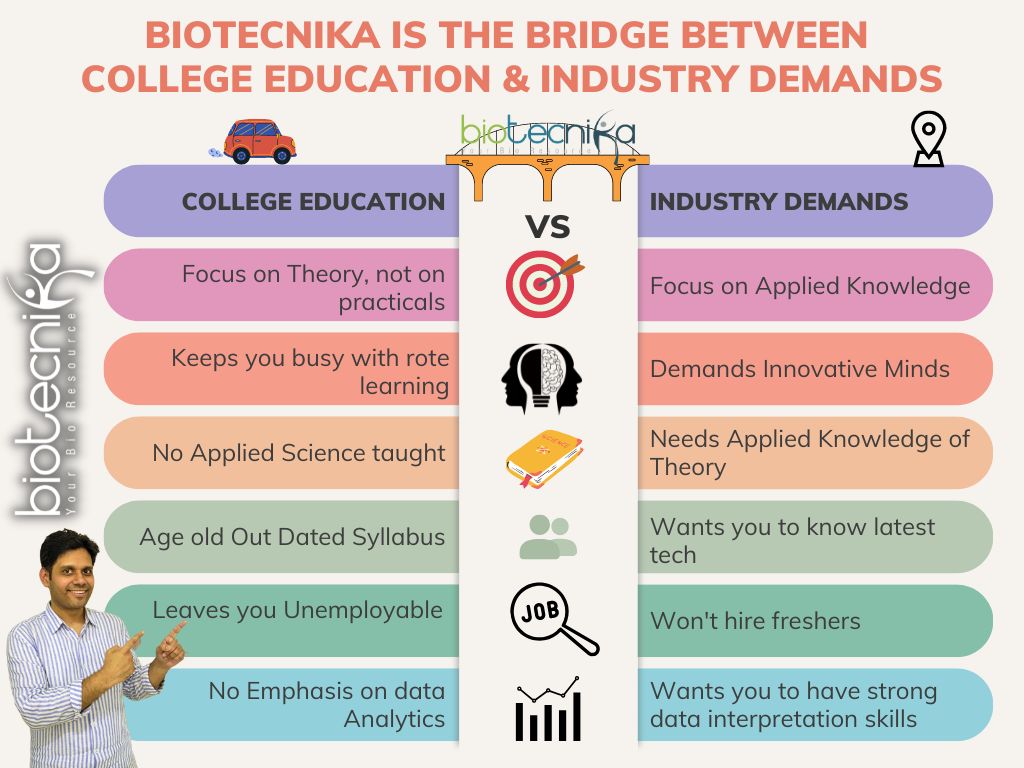Bioinformatics Tutor for Beginners
Bioinformatics Tutor for Beginners
Blog Article
The 7-Minute Rule for Bioinformatics Tutor
Table of ContentsAll About Bioinformatics TutorBioinformatics Tutor Things To Know Before You BuyGetting My Bioinformatics Tutor To WorkSome Known Factual Statements About Bioinformatics Tutor Getting My Bioinformatics Tutor To Work
Of the total individuals associated with the training, 80% were pupils from public college institutions, while the continuing to be 20% came from personal institutions. To get approved for a certificate of involvement, pupils were called for to go to a minimum of 90% of the overall training hours. As a result of this demand, an outstanding 95% of the participants efficiently acquired their certificates, having not just satisfied the minimum presence criteria however additionally finished all appointed tasks throughout the training.
Throughout the elevation of the COVID-19 pandemic, particularly between June and August 2020, the task team was tasked with organizing specialized training in bioinformatics. This training was specifically targeted at students from the study team Center for Research study in Applied Computing at the Federal University of Pará (UFRA) The adaptation to remote understanding platforms because of the pandemic created an opportunity to explore brand-new mentor techniques and digital devices that boosted both reach and performance.
To react to the growing demand in the computing and life sciences areas, an advanced program was presented in 2020 entitled Intro to Artificial intelligence. This training course was created to give an easily accessible yet thorough review of Artificial Intelligence methods, particularly as used in bioinformatics. The program was executed over 3 months, from October to December 2020, and was provided totally online through the Google Meet system. This digital style enabled engagement from students across Brazil, a number of whom could not have had the opportunity to go to in-person sessions.
Excitement About Bioinformatics Tutor
A significant feature of this course was its emphasis on hands-on discovering. Approximately 50% of the total training hours were committed to useful tasks where pupils constructed smart versions and applications in a series of scientific domains, consisting of genes, molecular biology, and ecological information evaluation. Extensively made use of devices and frameworks such as Spyder, Google Colab, Jupyter Notebooks, and Orange were incorporated into the coursework. These platforms enabled pupils to take part in real-time data control, design training, and formula trial and error.
Sixty of them were connected with various higher education establishments in the state of Pará, while the remaining twenty came from institutions found in 5 other Brazilian states. By introducing Artificial Intelligence in a appropriate and useful context, the campaign offered to bridge the void in between theory and real-world application, giving trainees with a solid foundation for future research study or work in the area.
The training campaign formed part of a wider scholastic outreach initiative called the Bioinformatics when traveling task. This task has, for many years, introduced loads of students to the world of read review bioinformatics and computational biology. The events held under this umbrella effort have happened across multiple regions and years, as summarized in Table 1 (Checklist of occasions, places, years, and complete numbers of pupils and teachers)
Among one of the most exceptional results of the Bioinformatics when driving campaign has been its payment to the development of decentralized study groups. Numerous of these groups, originally brought together by their participation in training occasions, have actually since taken place to create independent clinical research in collaboration with neighborhood scholastic organizations. The training not just cultivated scientific reasoning within the context of bioinformatics but additionally sparked collective partnerships that expanded past the training atmosphere. These partnerships have actually caused enhanced neighborhood clinical performance and contributed meaningfully to the development of the more comprehensive bioinformatics neighborhood in Brazil.
All about Bioinformatics Tutor
The same team, leaving out IH and RR, likewise acted as Read Full Article tutors for the useful training components. Financing for the project was supplied through the grant 88887.200562/ 2018-00 from CAPES.
The Federal College of Pará's Workplace of Research study (PROPESP/UFPA) also offered financial assistance, particularly for the production of the final manuscript. The writers declare no commercial or monetary conflicts of rate of interest that can have affected the study. All point of views and interpretations revealed in this write-up are only those of the writers and do not always mirror those of their corresponding institutions, the author, editors, or customers included in the magazine process.

Excitement About Bioinformatics Tutor
From a pedagogical viewpoint, the training strategy made use of in the training was purposefully interactive. Courses were conducted in a fashion that encouraged pupil involvement and conversation, exceeding memorizing memorization to discover exactly how concepts are developed, used in life, and checked in academic setups. The training viewpoint concentrated on nurturing both solid and battling students, providing individualized assistance, and building confidence via continual mentorship and patience.

Each team, including about 36 participants, was supported by three mentors-- most of whom were postdoctoral scientists with specialized expertise. These advisors not just assisted develop the group projects yet likewise facilitated their implementation, ensuring that each study concern was both appropriately tough and pertinent. The goal was to offer a biologically realistic context that individuals can explore via flexible goals and accessibility to curated datasets.
For extra understandings right into the method and results of this project-based learning method, visitors are directed to S1 Text, which includes comprehensive descriptions of the pedagogical framework, assessment techniques, and project styles used in helpful resources the training sessions.
The Best Strategy To Use For Bioinformatics Tutor
Of the overall individuals involved in the training, 80% were trainees from public higher education and learning establishments, while the continuing to be 20% came from personal institutions. To certify for a certificate of participation, pupils were required to go to at the very least 90% of the total training hours. Significantly, beyond the students that signed up in the training sessions, 7 seasoned instructors took part in providing the programs, while 3 dedicated study professors worked with the total training process. Approximately 50% of the total training hours were devoted to useful tasks where trainees built smart models and applications in an array of scientific domain names, consisting of genetics, molecular biology, and environmental information evaluation. The training not just cultivated clinical thinking within the context of bioinformatics but also sparked collaborative relationships that extended past the training setting.
Report this page